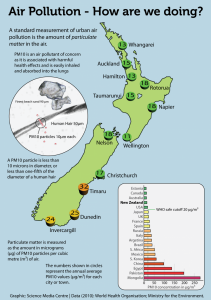The Early Breast Cancer Trialists Collaborative Group has published a combined analysis of over 400 trials of breast cancer treatments, in 400,000 women. They were trying to ‘personalise’ treatment
Moderate differences in efficacy between adjuvant chemotherapy regimens for breast cancer are plausible, and could affect treatment choices. We sought any such differences.
And what did they find?
In all meta-analyses involving taxane-based or anthracycline-based regimens, proportional risk reductions were little affected by age, nodal status, tumour diameter or differentiation (moderate or poor; few were well differentiated), oestrogen receptor status, or tamoxifen use.
That is, based on all the characteristics they had available, there really wasn’t any way to predict which treatment would work best for which subset of the women.
Now, we know that some more-recent treatments do only work on a subset of tumours. In breast cancer there is Herceptin, which targets one particular tumour growth mechanism and only works on tumours that grow that way, and there are similar specific inhibitors for some other cancer subtypes. It’s still striking how difficult it is to detect any useful variation between people in treatment effectiveness, a finding that’s also be true in other areas of medicine. So-called ‘personalized medicine’ may one day be possible, but it’s a long way off and current technologies don’t give us any way to get there.
